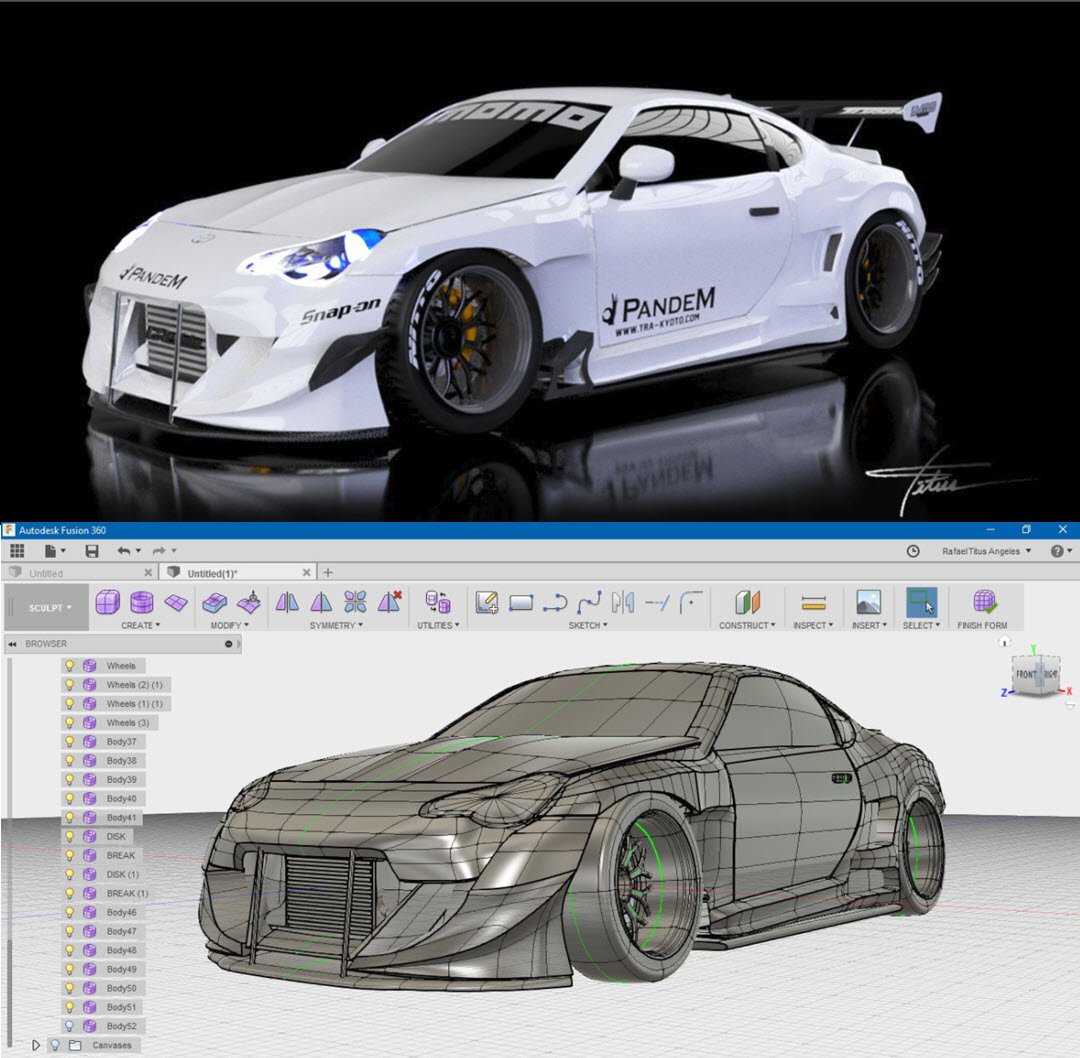


This is drastically slower than a Plunge straight into the wood – spiral bits are designed much like a drill bit, The 2d Pocket operation allows for Helix cuts (essentially a circular cut that ramps down into a specified depth). A fluted drill bit will have to ramped down into a pocket cut as opposed to a spiral bit, which can make a plunge cut, which (depending on how many pockets you have) can drastically speed up production. This is actually pretty important on the CAM side of things. Here’s a list of some of the most important things I’ve learned along the way: Know what drill bits you have and how they work. Finding myself in dire need of a way to store things in between games, I designed up a simple box for cards and dice, and began experimenting with Fusion 360’s CAM functionality…and I have to say, I’m rather impressed. Being a gaming hobbyist (and having access to a large industrial CNC Router), I thought I’d rectify that. I’ve never had issues with designing parts, but I’ve never really delved too much into the realm of CNC.


 0 kommentar(er)
0 kommentar(er)
